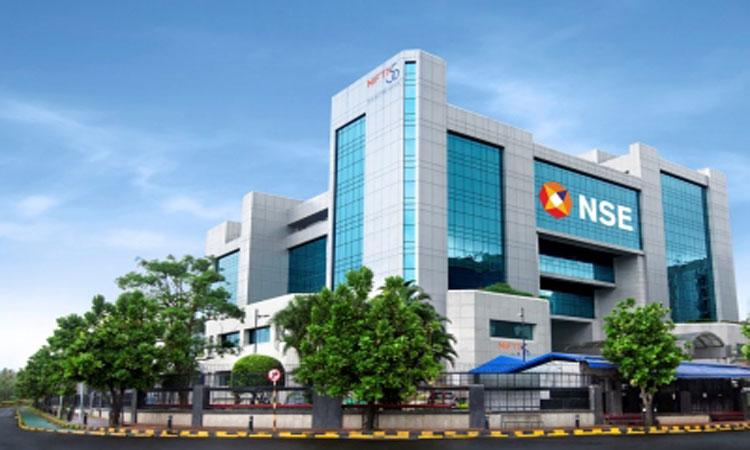The NSE co-location scam -- the market manipulation at the National Stock Exchange -- points out how some market participants made huge gains from a split-second (10:1) faster access to exchange price feeds quicker than others through manipulation.
In a recent court order which denied bail to former NSE head Chitra Ramkrishna, the court also referred to the FIR registered by CBI stating a software called 'Chanakya' which was used to manipulate TBT servers (tick by tick server) of the stock exchange.
The scam of 'split-seconds'
The CBI said, as per its sources, from 2010 to 2014, a broker Sanjay Gupta, owner of OPG Securities Pvt. Ltd. manipulated the server architecture of NSE with unknown officials there.
Gupta with the help of his brother-in-law Aman Kokrady and other unknown persons managed the data centre staff of NSE who passed the information regarding switching on time of NSE exchange servers.
Further, unknown officials gave OPG Securities Pvt. Ltd. access to servers helping to be the first to login to the secondary server and get the data before everyone else which allowed a 'split-second faster' access to the data feed of NSE.
Even a split-second faster access is considered to result in huge gains for any stock trader.
Deloitte Touche Tohmatsu, which did a forensic review of the NSE's Co-location facility, found that OPG Securities was the first in most cases during trading sessions, the probe agency said.
What is co-location
Co-location is a setup wherein the broker's computer is located in the same area in which the server of the Stock Exchange is located.
This particular setup of the server gives a 10: 1 (Approx.) speed advantage in comparison to other brokers. Further, that till 2014 information was disseminated by exchange server to the brokers attached with co-location facility through 'tick by tick' (TBT) based system architecture.
In this architecture, data was disseminated in a sequential manner whereby the stock broker who connected first to the server of the Stock Exchange received ticks i.e. market feed, before the stock broker who connected later.
Chanakya software
According to CBI, sources revealed that public policy expert Ajay Narottam Shah had been instrumental in the exploitation of NSE TBT architecture. He had collected NSE trade data in the name of carrying out research and subsequently passed it to private persons who in turn developed an algorithm software named 'Chanakya'.
This software, thereafter, was sold to selected brokers including OPG Securities who in turn had been alleged to be benefitted by exploiting the TBT architecture of NSE with the help of Chanakya Software.
Ex-NSE head and NSE scam
In the order, Special Judge Sanjeev Aggarwal observed that Muralidharan Natarajan, the Chief Technical Officer of NSETECH, a subsidiary of NSE, who was responsible for putting in place the co-location architecture at NSE was directly reporting to Chitra Ramkrishna.
It also noted certain documentary evidence was recovered, which demonstrated that Ramkrishna had shared certain internal confidential information of NSE to an unknown email-id '[email protected]' during the period 2013 to 2016.
Another accused Anand Subramanian appointed by her despite having proper qualifications was being paid a very high salary.
"Prima facie this kind of co-location swindle could not have been possible without the knowledge and active connivance of all the functional heads of the NSE at the relevant time, this period can be considered as dark period in the history of NSE," the court noted.
There are many facets of the investigations which have to be excavated by the investigating agency after removing the dust of time over them.
The magnitude of the present case may be huge, as due to this financial skulduggery huge loss may have been caused to adherent stockbrokers, institutional investors, foreign institutional investors, and honest investors, whose faith in this premier financial institution i.e. NSE may have been severely shaken and dented, the court observed.
Notably, the court will pronounce the verdict on the latest bail application of Chitra Ramkrishna on August 29 (Monday)


















